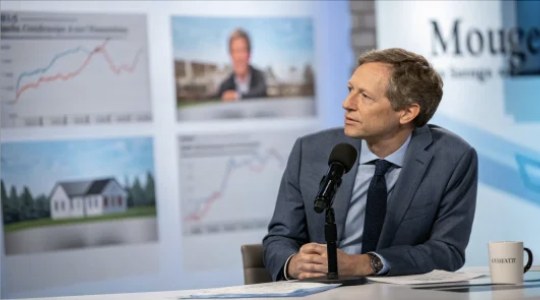The Biden administration has unveiled a new $4 billion student loan forgiveness initiative targeting public service workers, bringing the total loan relief under his presidency to approximately $180 billion. This latest action represents one of the administration’s final moves in addressing the student debt crisis before the end of the presidential term.
Table of Contents
ToggleUnderstanding the New Relief Package
The recently announced forgiveness program specifically focuses on individuals working in public service sectors. While complete details are pending release, the initiative aims to provide financial support to those who have dedicated their careers to serving the public.
View this post on Instagram
The Teaching Profession Perspective
Among public service workers, teachers represent a unique category within the student loan discussion. The National Education Association reports that educators face significant financial challenges, with new teachers earning an average starting salary of just $43,000 annually. This modest compensation becomes particularly concerning given that many states now require teachers to obtain master’s degrees, adding substantial educational debt to their financial burden.
Financial Implications
The implementation of this loan forgiveness program raises important economic considerations. The $4 billion relief package adds to the nation’s existing debt obligations, prompting discussions about fiscal responsibility and the allocation of taxpayer resources.
Key financial aspects include:
- Total loan forgiveness under Biden administration: Nearly $180 billion
- Current initiative amount: $4 billion
- Target recipients: Public service workers
- Average teacher starting salary: $43,000
The program’s scope extends beyond immediate financial relief, potentially affecting various aspects of public service recruitment and retention. This is particularly relevant in education, where the combination of advanced degree requirements and modest salaries creates significant financial strain for professionals.
The debate surrounding student loan forgiveness continues to center on balancing support for essential public servants while maintaining fiscal responsibility. This latest initiative adds another layer to the ongoing discussion about educational debt, public service compensation, and national financial management.
Frequently Asked Questions
Q: How does this new loan forgiveness program differ from previous initiatives?
This $4 billion program specifically targets public service workers, representing a focused approach compared to broader previous forgiveness programs. It adds to the administration’s total of approximately $180 billion in student loan relief.
Q: Why are teachers considered a special case in the student loan forgiveness discussion?
Teachers face unique challenges due to state requirements for advanced degrees combined with relatively low starting salaries (averaging $43,000). This creates a significant financial burden as they must take on additional educational debt while earning modest wages.
Q: What are the broader economic implications of student loan forgiveness programs?
These programs impact national debt levels and require taxpayer funding. While they provide relief to specific groups, they also contribute to the country’s overall financial obligations, raising questions about long-term fiscal sustainability.

















